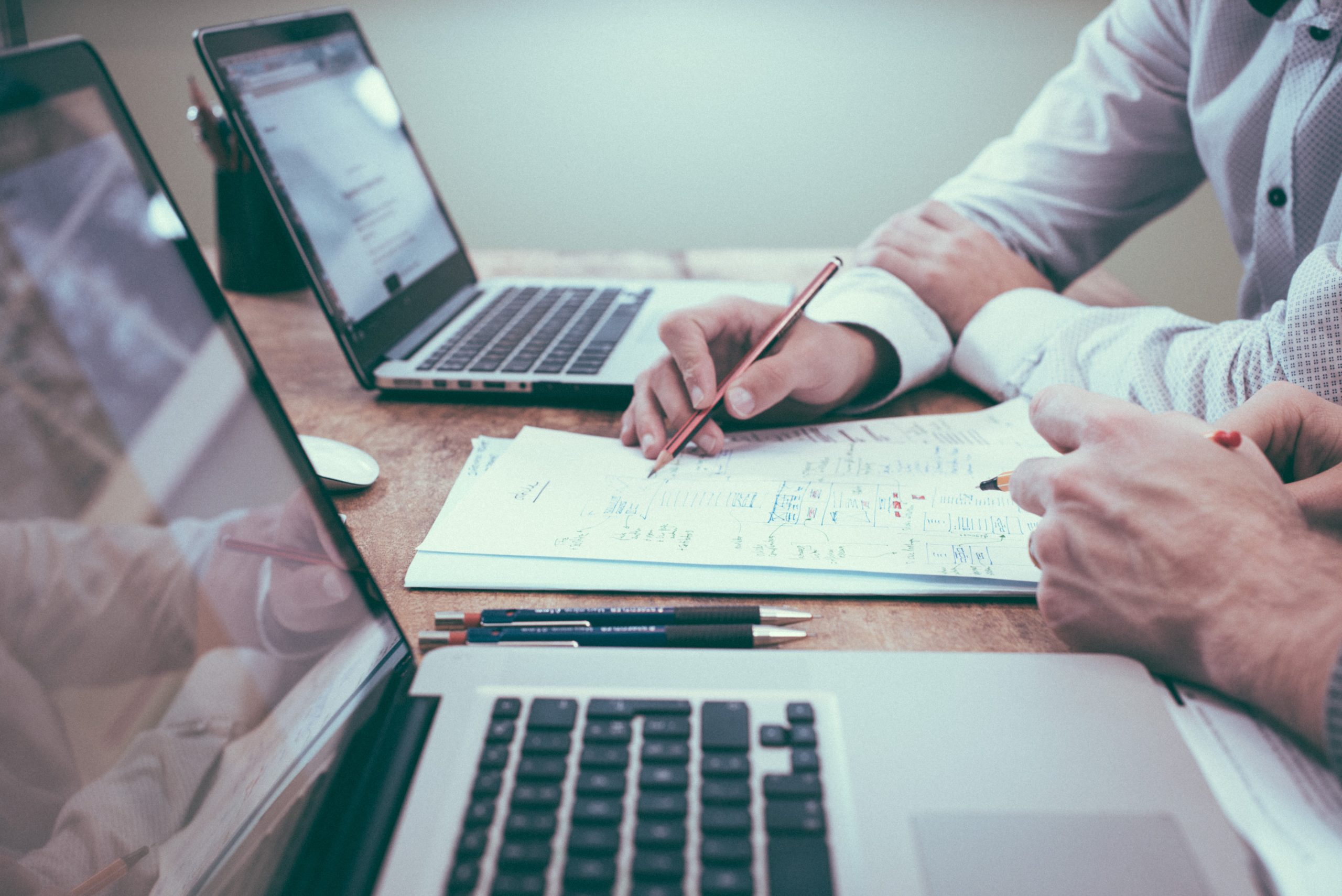Recently, a client introduced me to a friend of theirs who is actively flipping 3-5 properties a month. We walked a property together, and she asked what our rate would be for a loan to purchase and rehab the property. I told her our rate was 10% and 2 points. She said it was more expensive than her private investors that only require an 8% return. I asked her to clarify the rate of return she was giving her investors; specifically, was it an annualized rate of return? She said it wasn’t: if she borrowed $100,000, she repaid her investor $108,000. I then asked her how long she usually held her flips – never more than 6 months, and usually only 3.
I didn’t realize it until later, but her cost of capital was higher at 8% than it would have been at 10% plus 2 points. Since the 10% loan is at an annual interest rate, the annual cost of capital is about 12% (adding in the points). This 10% loan, however, if paid back within 6 months, has a cost of capital equal to 7%. The money lent at an 8% rate of return, on the other hand, has a consistent 8% cost of capital.

Looking at the graph, it is easy to see the actual dollar amount paid for each of the two financing options. While the 8% return ends up being less expensive at the end of 12 months, the 10% loan actually costs less if the holding period is 7 months or less.
For this investor, the actual numbers were the most telling. The property we were looking at was for sale for $250,000 and the rehab was $30,000. She ended up purchasing it that day with funds from her private investor. She sold it 110 days later. This cost her $22,400 to finance the deal. Had she gone with the 10% loan, her total financing expense would have been $14,038 ($8,438 interest + $5,600 points). By going with the lower number, it cost this investor over $8,000 of profit, increasing the total cost of the project by nearly 3%. When it comes to calculating the cost of capital, there are a lot of moving parts – it pays to know your numbers!

